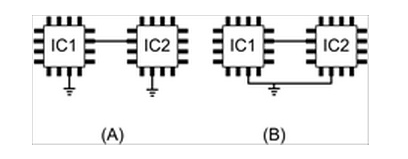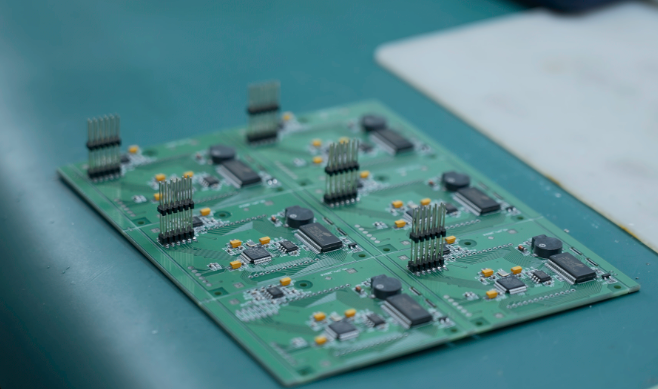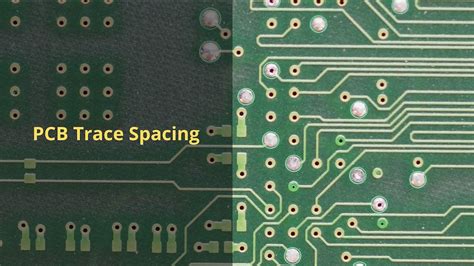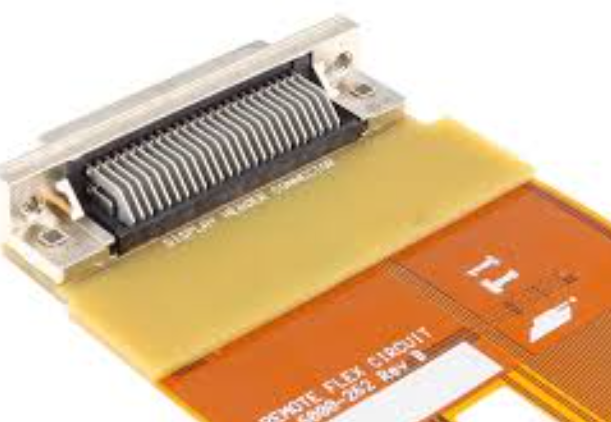What is Sheet Metal Fabrication?
Introduction to Sheet Metal Fabrication
Sheet metal fabrication is a comprehensive manufacturing process that transforms flat sheets of metal into various parts and components through cutting, bending, shaping, and assembling techniques. This versatile process serves countless industries, from aerospace and automotive to construction and consumer electronics, making it one of the most widely used manufacturing methods in the world.
The process begins with raw sheet metal, typically ranging in thickness from 0.006 inches to 0.25 inches (0.15 mm to 6.35 mm), though thicker plates can also be processed using specialized equipment. Various metals can be fabricated, including steel (stainless, carbon, galvanized), aluminum, copper, brass, and titanium, each selected based on the desired properties of the final product.
The Sheet Metal Fabrication Process
1. Design and Planning
Every successful sheet metal fabrication project begins with careful design and planning. Engineers and designers create detailed blueprints or CAD (Computer-Aided Design) models that specify all dimensions, tolerances, material requirements, and finishing needs. Modern fabrication often employs CAD/CAM (Computer-Aided Manufacturing) systems that allow seamless transition from design to production.
Key considerations in the design phase include:
- Material selection based on strength, weight, corrosion resistance, and cost requirements
- Determining appropriate bend radii to prevent material stress
- Accounting for material thickness in all dimensions
- Planning for efficient nesting of parts to minimize material waste
2. Cutting Processes
Cutting is typically the first physical step in sheet metal fabrication, where large sheets are divided into smaller, workable pieces or shaped according to the design specifications. Several cutting methods are available:
Laser Cutting: Uses a high-powered laser beam to melt, burn, or vaporize material, leaving a high-quality finish. Ideal for complex shapes and fine details with precision up to ±0.005 inches (0.13 mm).
Waterjet Cutting: Employs a high-pressure stream of water mixed with abrasive particles to cut through metal. Suitable for thick materials and heat-sensitive metals as it produces no heat-affected zone.
Plasma Cutting: Utilizes a plasma torch to cut through electrically conductive metals. Effective for thicker materials (up to 6 inches) with faster cutting speeds than laser for materials over 1 inch thick.
Mechanical Cutting: Includes traditional methods like shearing (straight line cuts), punching (creating holes), and blanking (cutting out shapes using dies).
3. Forming and Bending Processes
After cutting, sheet metal components often require forming into three-dimensional shapes. Various bending and forming techniques include:
Press Brake Forming: The most common bending method using a press brake machine with matching punch and die sets to create precise bends. Modern CNC (Computer Numerical Control) press brakes can achieve accuracy within ±0.0005 inches (0.013 mm).
Roll Forming: Passes metal sheets through consecutive sets of rolls to gradually form curved or cylindrical shapes, ideal for producing long parts with consistent cross-sections.
Stamping: Uses mechanical or hydraulic presses with custom dies to form complex shapes in high-volume production. Includes techniques like deep drawing for creating cup-like forms.
Stretch Forming: Stretches metal over a form while maintaining tension, used primarily in aerospace applications for large, gently curved panels.
4. Joining and Assembly
Fabricated parts often require joining to create complete assemblies. Common joining methods include:
Welding: Various techniques like MIG (Metal Inert Gas), TIG (Tungsten Inert Gas), spot welding, and laser welding fuse metal pieces together. Welding provides strong, permanent joints but may cause distortion or require post-weld finishing.
Mechanical Fastening: Uses screws, bolts, rivets, or special fasteners for assemblies that may need disassembly or where welding isn’t suitable. Provides good strength without heat distortion.
Adhesive Bonding: High-strength industrial adhesives can join dissimilar metals or thin materials where welding might cause damage. Often used in combination with other joining methods.
Hemming and Seaming: Folding edges over or interlocking them to create joints, commonly used in automotive panels and enclosures.
5. Finishing Processes
Finishing enhances appearance, improves durability, and prepares surfaces for further treatment:
Deburring: Removing sharp edges and burrs left from cutting operations for safety and proper fit.
Grinding and Sanding: Smoothing surfaces and weld seams to prepare for painting or to achieve specific surface textures.
Polishing and Buffing: Creating reflective or decorative finishes on visible surfaces.
Coating and Plating: Applying protective or decorative layers through powder coating, electroplating, anodizing (for aluminum), or galvanizing.
Painting: Spraying liquid paints for color, protection, or branding purposes, often following surface preparation like phosphating.

Materials Used in Sheet Metal Fabrication
The choice of material significantly impacts the fabrication process and final product performance:
Steel:
- Carbon Steel: Economical with good strength, used in structural applications
- Stainless Steel: Corrosion-resistant, used in food processing, medical, and marine applications
- Galvanized Steel: Zinc-coated for corrosion resistance, common in outdoor applications
Aluminum: Lightweight with good strength-to-weight ratio, naturally corrosion-resistant, used in aerospace, automotive, and electronics.
Copper and Brass: Excellent electrical and thermal conductivity, used in electrical components and decorative applications.
Titanium: High strength, lightweight, and corrosion-resistant but expensive, primarily used in aerospace and medical implants.
Applications of Sheet Metal Fabrication
Sheet metal fabrication produces components for nearly every industry:
Automotive: Body panels, frames, exhaust systems, brackets, and engine components.
Aerospace: Aircraft skins, wing components, engine parts, and interior fittings.
Construction: HVAC ductwork, roofing, architectural panels, and structural supports.
Electronics: Computer chassis, server racks, enclosures, and heat sinks.
Medical: Surgical instruments, equipment housings, and hospital furniture.
Consumer Goods: Appliances, furniture, lighting fixtures, and decorative items.
Advantages of Sheet Metal Fabrication
- Versatility: Can produce anything from simple brackets to complex aerospace components.
- Material Efficiency: Nesting software minimizes waste during cutting operations.
- Strength and Durability: Metal components withstand harsh environments and heavy use.
- Precision: Modern CNC equipment achieves tight tolerances for high-quality parts.
- Scalability: Suitable for both prototyping and mass production.
- Cost-Effectiveness: Competitive pricing, especially for medium to high-volume runs.
- Quick Turnaround: Rapid prototyping possible with digital fabrication methods.

Modern Trends in Sheet Metal Fabrication
The field continues to evolve with technological advancements:
Automation: Robotic arms and automated material handling increase productivity and consistency.
3D Printing Integration: Combining traditional fabrication with additive manufacturing for hybrid components.
Smart Manufacturing: IoT-enabled machines provide real-time monitoring and predictive maintenance.
Advanced Software: Improved CAD/CAM systems with AI-assisted design optimization.
Sustainable Practices: Increased recycling of scrap metal and energy-efficient processes.
Conclusion
Sheet metal fabrication remains a cornerstone of modern manufacturing, combining traditional craftsmanship with cutting-edge technology. Its ability to transform simple metal sheets into complex, high-performance components makes it indispensable across industries. As fabrication technologies continue advancing, the possibilities for innovative designs and applications will only expand, ensuring sheet metal fabrication’s continued relevance in manufacturing for years to come.
From the smartphone in your pocket to the airplane overhead, sheet metal fabrication touches nearly every aspect of modern life. Understanding this fundamental manufacturing process provides insight into how the physical world around us takes shape and function through the transformation of raw metal into finished products.







